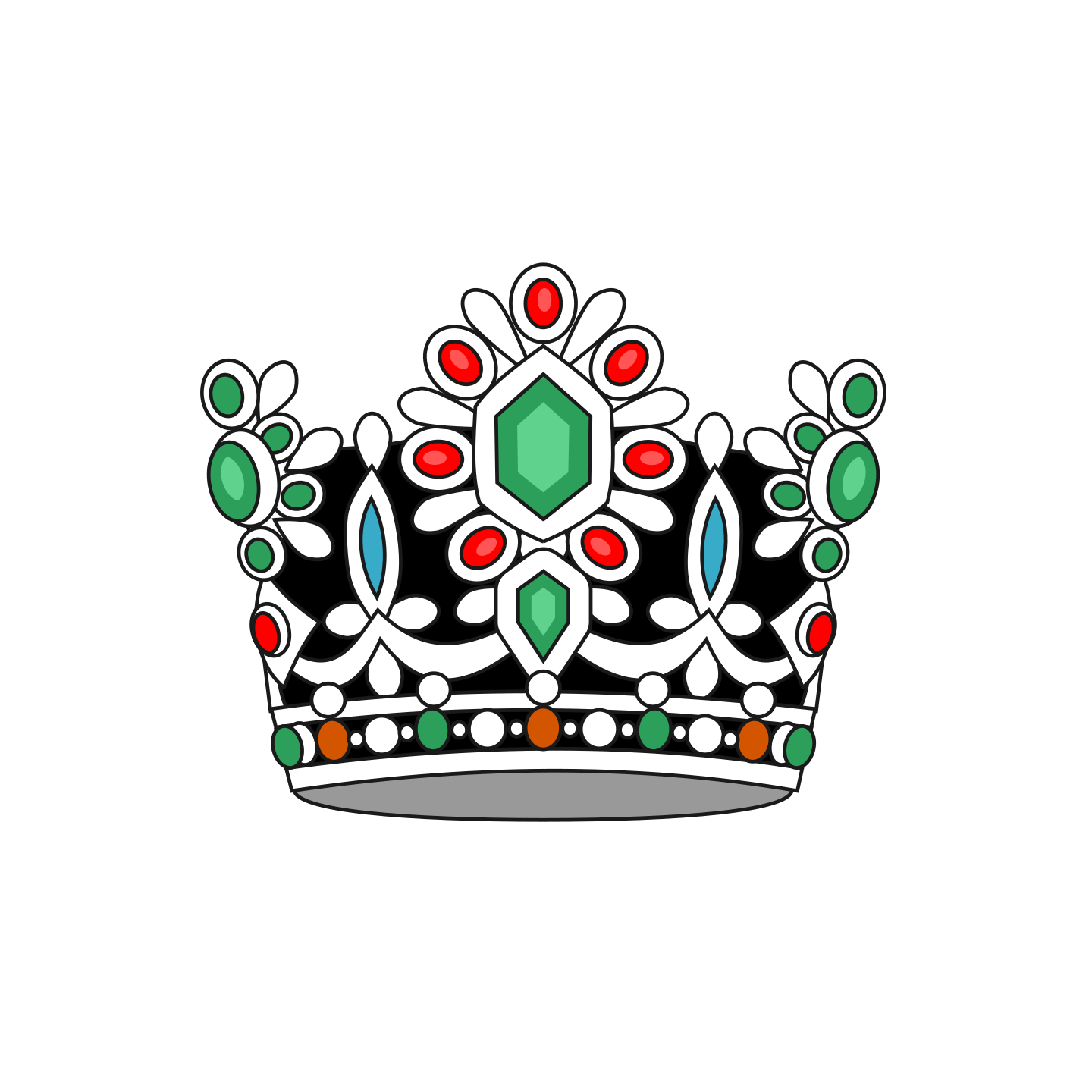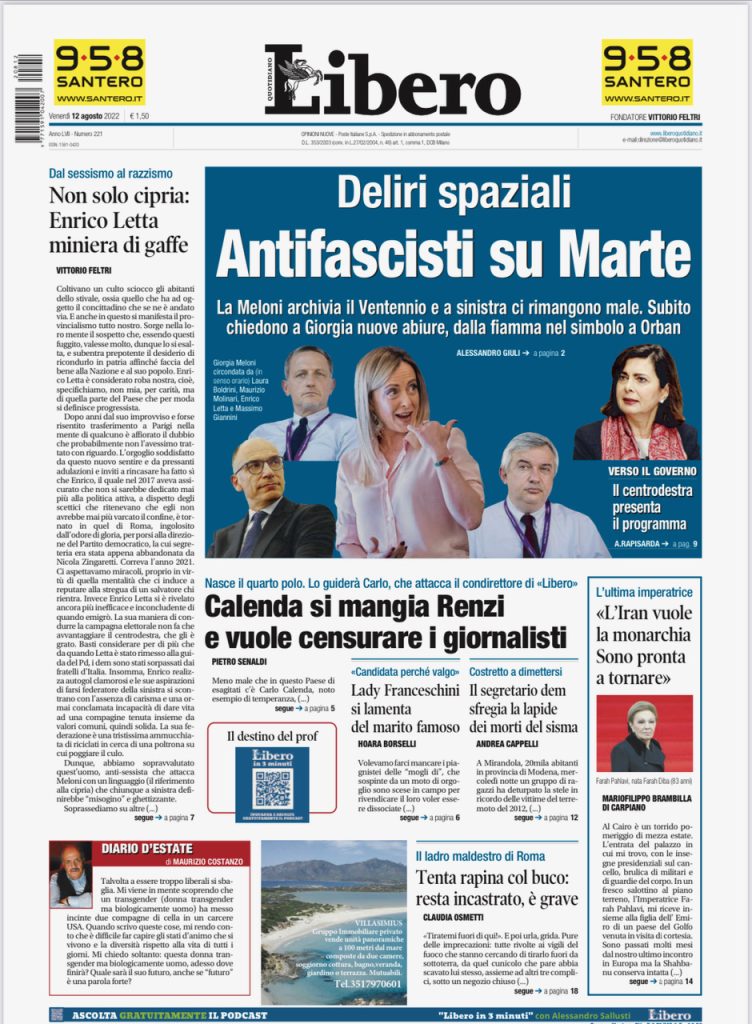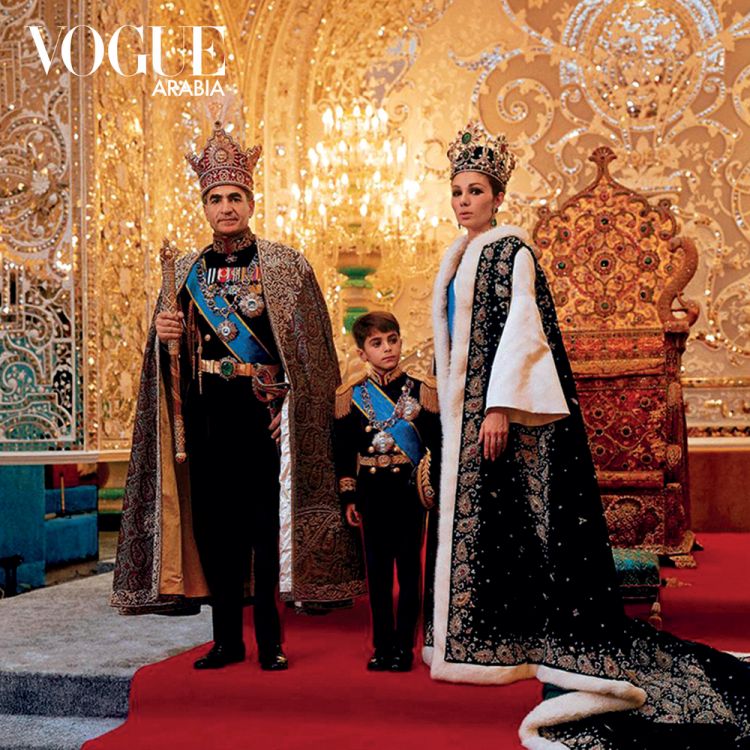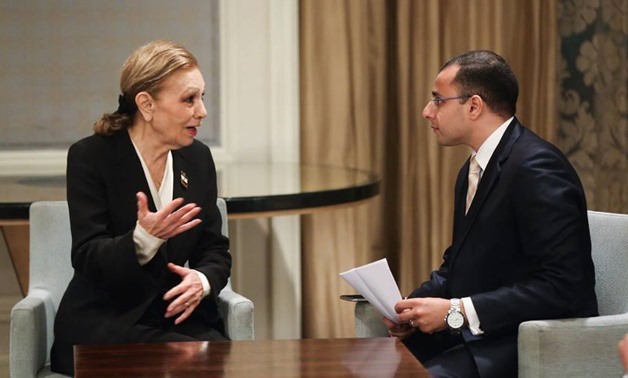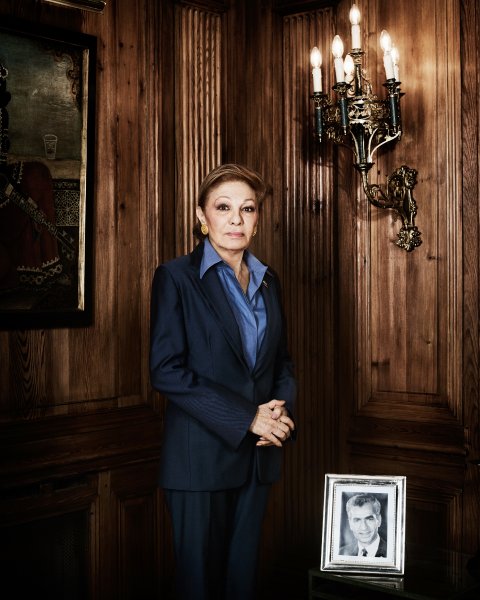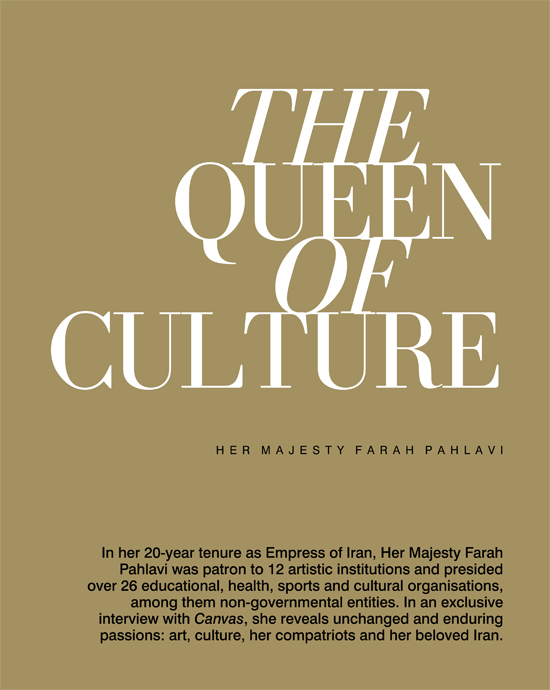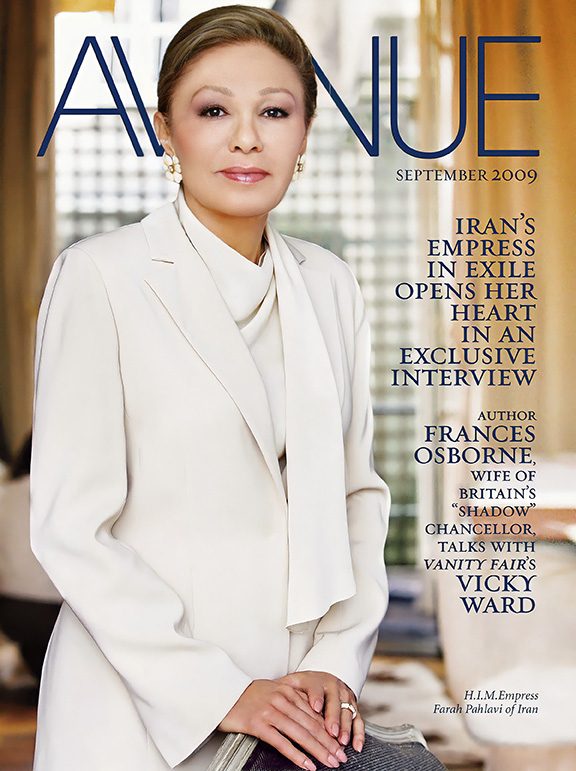Interviews
23
Mar
2019
Life Beyond the Peacock Throne
He was laid to rest in the Al- Rifa’i Mosque, also known as the King’s Mosque, in Cairo. Their two youngest children, Princess Leila, a...
04
Jan
2018
Iranian people can bring change
CAIRO – 2 January 2018: “Iranian people have the unwavering ability to bring about the desired change,” Iran's former Empress Farah Deb...
01
Aug
2017
Gratitude towards the Egyptians
CAIRO - 30 July 2017: On January 16, 1979, the Shah of Iran Mohammad Reza Pahlavi left Tehran after being overthrown by the Iranian Isl...
28
Feb
2017
The collection of the Tehran Museum of Contemporary Art
The collection of the Tehran Museum of Contemporary Art was to be shown in Berlin in December, but Iranian officials declined permissio...
26
Feb
2017
Former Empress of Iran: “We wanted to create progress”
Within the basement of the Tehran Museum of Contemporary Art, sealed away from public view the majority of the time, there lies a colle...
10
Jan
2014
When there is pressure, artists become creative
Her Imperial Majesty Empress Farah Pahlavi of Iran—as she was officially known until 1979, when her husband, Shah Mohammad Reza Pahlavi...
13
Dec
2013
Exclusive interview with Point De Vue
Her Majesty Queen Farah Pahlavi exclusive interview with Point De Vue on her 75th Birthday
75 Years of a life like no other and a cont...
17
Nov
2011
Shahbanou with her 4th granddaughter
Princess Iryana, The daughter of the late Prince Ali Reza and Miss Raha Didevar, was born on July 26th. A few days ago, Shahbanou Farah...
01
Jan
2010
Her Majesty Farah Pahlavi The Queen of Culture
In an exclusive interview with Canvas, Her Majesty Farah Pahlavi reveals unchanged and enduring passions: art, culture, her compatriots...
15
Sep
2009
Iran’s Empress Opens Her Heart
Half a century ago, then-Miss Farah Diba married the shah of Iran, Mohammad Reza Pahlavi, who crowned her Shahbanou, or Empress, eight ...

